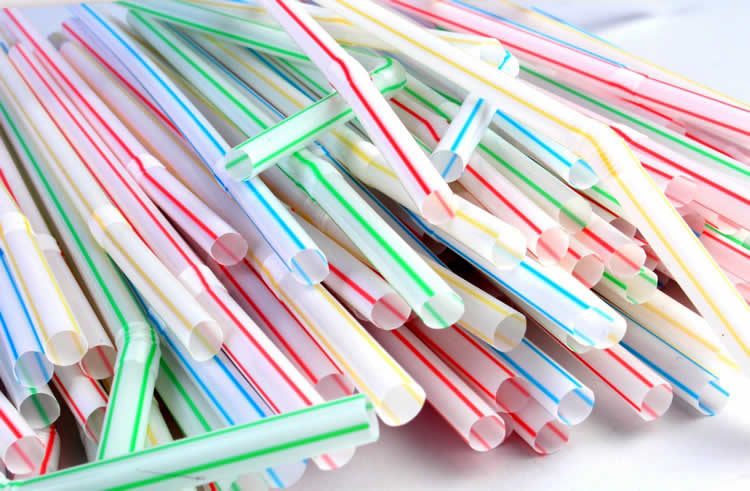You see them in cocktails, pushed into children’s drink boxes and poking through takeaway cups. They’ve appeared in movies, ad campaigns and on TV shows. It’s the humble drinking straw. You’ve probably never given them all that much thought, but they have made our lives easier by allowing us to drink more efficiently from containers.
Where the drinking straw came from
Long before we were using plastic straws to suck up a cocktail, people were using hollowed out plant stems as drinking implements. In fact, the oldest drinking straw ever found dates back to 3,000BC, and was discovered in a Sumerian tomb. However, it is Marvin Stone who is credited with patenting the drinking straw, initially made from paper, all the way back in 1888. Stone coated the paper in paraffin to ensure durability, and the first straw he created measured 8.5 inches in length – quite a long straw for today’s standards! To improve efficiency in straw manufacturing, Stone also invented a machine that rolled paper straws so more could be created, faster.
In 1936, the straw was adapted by Joseph Friedman, who added scores to the straw design, allowing it to bend. This enhanced drinking efficiency.
The reason for the invention of drinking straws
Initially, straws were marketed as being a ‘safe’ drinking option, as they were a clean vessel from which to drink, allowing the user to avoid contracting diseases from glasses or cups that weren’t properly cleaned. These days, some plastic straws also come with a paper cover on the drinking end, to ensure they are properly sanitised.

Materials used to create straws
More often, polypropylene is used instead of polystyrene in the creation of plastic straws, as it is thought to be a tougher plastic, making the straw more long-lasting and durable. Silicone is also becoming a material of choice for longer-use drinking straws, often found connected to drink bottles. Silicone straws can be frozen and used for both cold and hot drinks, without wearing out, cracking or peeling. For the ultimate durability, metal straws are proving to be a long-lasting option.
Recent environmental concerns over plastic straws
Over recent years, spotlight has been placed on the plastic drinking straw, as petroleum is used to create them and they are often thrown out after a single use, adding to worldwide pollution. Because plastic straws are created from polypropylene, they do not break down in the environment, creating rubbish that hangs around for years to come. Reusable straws, such as glass and metal straws, are growing in popularity as a more sustainable straw option. Bamboo straws are also being used, because bamboo grows quickly and biodegrades rapidly.
Other types of drinking straws
Over the years, different types of straws have been invented. There are now straws made from liquorice that are edible, cereal straws (also edible) and colour changing straws that change colour when they come into contact with liquids, such as sparkling water. Kids love ‘crazy straws’ that are curly, creating a visual game when using them to drink up their favourite beverages, which could be still water or soft drink. Extendo-straws can be stretched out to reach liquids at the bottom of a drink box, and flavoured straws are straws stuffed with lollies – another favourite with children!
Wider straws are used for drinks with chunky bits in them – such as milkshakes and bubble teas. Some manufacturers and food companies believe a wider straw allows for a better taste because more flavour can come into contact with your taste buds at one time. You may never have thought of your humble drinking straw in so much depth, but through this short history you can see there’s quite a story behind where the drinking straw came from. Think about that the next time you slurp on a mineral water!
